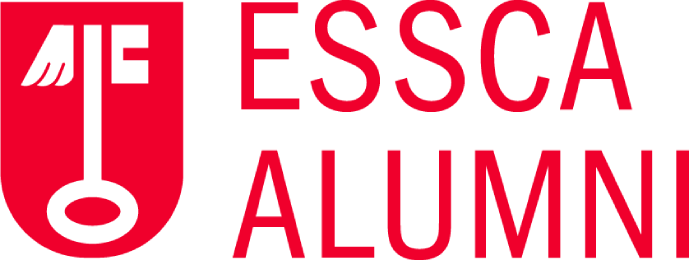Admission to ESSCA
Initially, the conditions defined by the 1909 brocher stipulated that each applicant, aged 15 or over, had to pass a number of tests requiring general knowledge in most subjects.
This system alternates with admission by application. The heterogeneous nature of the recruitment process means that applicants have to be of very different levels of ability. Very young applicants, sometimes as young as 17, are interviewed by their parents.
Others weregraduates with the Baccalauréat (7 out of 41 in 1942, 9 out of 37 in 1943, 2 out of 28 in 1944, 6 out of 34 in 1945, for example). Selectivity was therefore not very strong in the early stages. On the other hand, selection is ruthless between the two years of study, and the management deplores and difficult to manage financially, particularly during the interwar period.

Written tests at Paris Villepinte, 2008. ESSCA was the first post-baccalaureate school to pass the 5,000-candidate mark for its entrance exam.
In May 1945, it was decided that only holders of the two baccalaureate diplomas would be exempt from the entrance exam, as the minimum age required to enter the school was now 17. However, in June 1950, the examination exemption for baccalaureate holders was abolished as of the start of the new school year. Director Jacques NEVEU (1941/52) describes the conditions under which " the benefit of social security could not be granted to students of the École students, who were refused assimilation with students from faculties or other state-recognized higher education establishments, on the pretext of unequal recruitment levels. "
Despite these efforts, and with the exception of 1946, when 60% of students took the baccalaureate out of arelatively small number, the decade 1940-1950 saw the proportion of baccalaureate holders fluctuate between 7% and 23%, depending on the year. In 1950, although the number of baccalaureate holders had risen by 35% since 1939 at national level, it was still only 32,362 for the country as a whole.
As a result, the rules for passing were even more demanding. The 1956 bulletin informs us that in 1954, 17 students out of a final enrolment of 47 were awarded their final diploma. The following year, only 15 students out of 36 were awarded diplomas.
The "La Pérouse" graduating class in the early 1960s confirms that management practices " continuous selection" . "At the end of the school year, the ranking fell like a cleaver, with the lowest marks being sent off to the army to fight in the djebels! "We were in the middle of the Algerian War. "By the time the class graduated in June 1962, only half of its original number had left. "
In practice, this method of selection obviates any hope of our establishment being recognized by the State. This situation cannot continue in an increasingly competitive environment.
In1973, to meet the specifications laid down by the French government in its application for recognition, thebaccalaureate became compulsory for all students. In 1975, candidates with proof of one year's higher education were admitted, before 1979 saw the introduction of the definitive rule that prevails today: recruitment is based exclusively on the Bac. The reason for this is easy to understand: it ensures the cohesion of the graduating classes, a qualitative principle whose strict observance has ensured the success of our school and made it an imitated model.
In 1998, ESSCA made a major contribution to the recognition of this model of direct access after the baccalaureate, by creating the "ESSCA School of Management".in association with two business schools, IÉSEG and ESDES, the ACCÈS written test bank. The school is working on the introduction of common written tests designed for baccalaureate holders, as well as a system to help prepare for the competitive entrance exam through the publication of annals. As theleading school in the ACCÈS competitive entrance exam, ESSCA pursues a policy of quality and fairness in its recruitment, " points outPascale MOREAU, Director of Communications and Competitive Entrance Examinations.
At present, theentrance exam is highlyselective, with 5,174 young people taking it. At the start of the 2009 academic year, 87% of the graduating class had obtained their Baccalauréat with honors, including around half with "Bien" and "Très Bien".
In 1969, 1 in 3 candidates passed; in 1973, 1 in 5; in 1976, 1 in 8; and today, between 1 in 12 and 1 in 13!
ESSCA has become the benchmark school for post-baccalaureate recruitment, a formula it pioneered.

ESSCA competition poster (1975)



